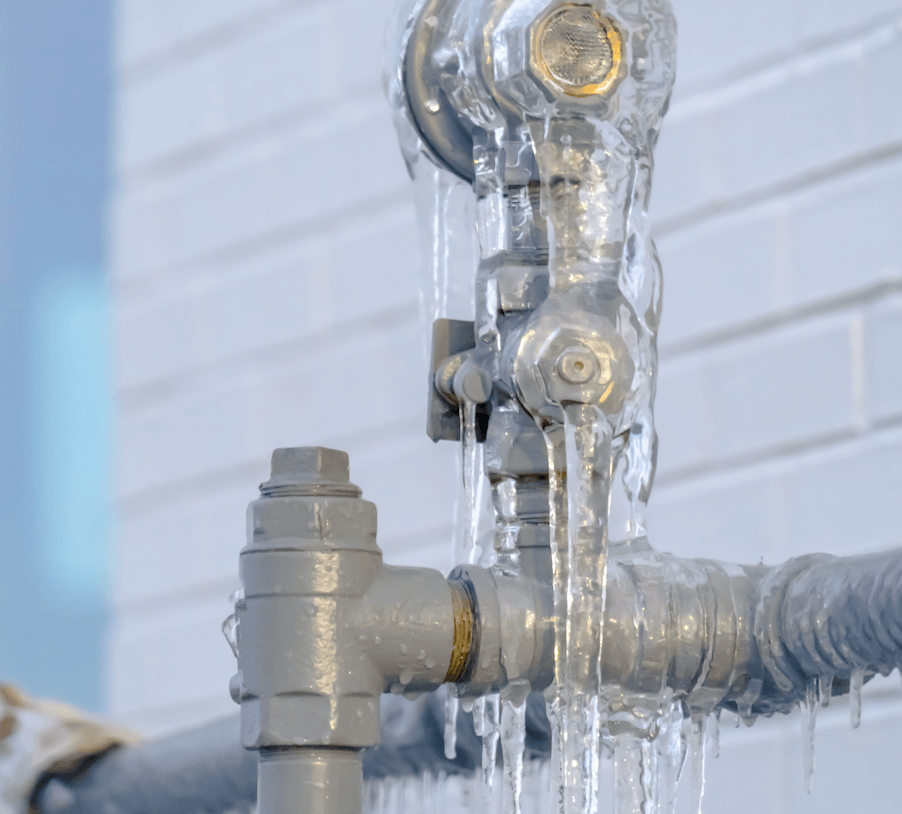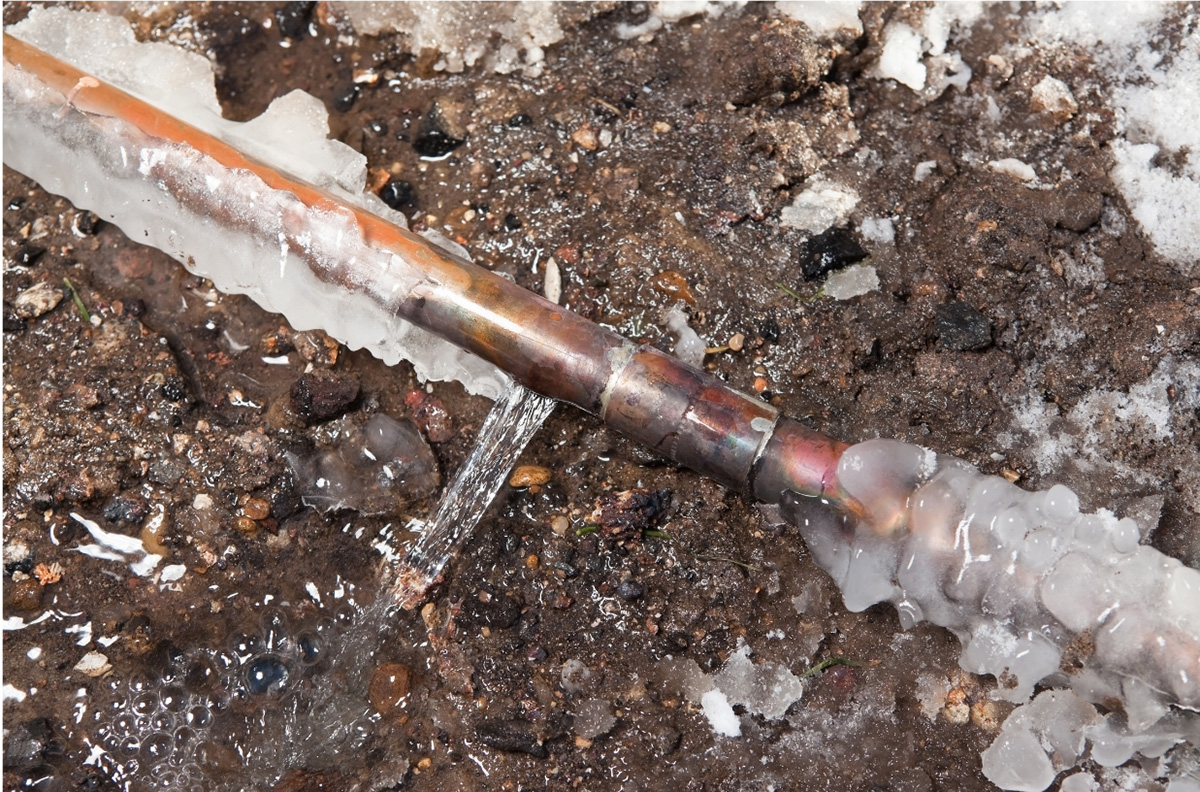Shielding Pipes from Freezing Issues: Critical Approaches
Shielding Pipes from Freezing Issues: Critical Approaches
Blog Article
What're your thoughts with regards to Helpful Tips to Prevent Frozen Pipes this Winter?

Winter can damage your pipes, particularly by freezing pipes. Below's just how to prevent it from happening and what to do if it does.
Intro
As temperature levels decline, the danger of frozen pipes rises, potentially resulting in costly repairs and water damages. Comprehending how to stop frozen pipes is critical for house owners in cold environments.
Understanding Icy Pipes
What creates pipes to ice up?
Pipes freeze when revealed to temperatures listed below 32 ° F (0 ° C) for extended periods. As water inside the pipelines freezes, it increases, taxing the pipe wall surfaces and possibly causing them to break.
Risks and damages
Icy pipelines can cause supply of water disruptions, property damages, and costly repairs. Ruptured pipelines can flooding homes and create extensive structural damage.
Signs of Frozen Pipes
Identifying icy pipes early can avoid them from rupturing.
Exactly how to recognize frozen pipes
Look for lowered water flow from faucets, unusual smells or noises from pipelines, and noticeable frost on revealed pipelines.
Avoidance Tips
Insulating prone pipelines
Cover pipelines in insulation sleeves or utilize heat tape to shield them from freezing temperatures. Focus on pipelines in unheated or exterior locations of the home.
Heating strategies
Keep indoor spaces adequately heated up, especially areas with pipes. Open cupboard doors to permit warm air to distribute around pipelines under sinks.
Safeguarding Outside Pipes
Garden hose pipes and exterior taps
Disconnect and drain garden pipes prior to winter months. Set up frost-proof spigots or cover exterior faucets with protected caps.
What to Do If Your Pipelines Freeze
Immediate activities to take
If you think icy pipes, maintain faucets open to soothe pressure as the ice thaws. Make use of a hairdryer or towels taken in hot water to thaw pipelines slowly.
Long-Term Solutions
Structural modifications
Think about rerouting pipes far from outside wall surfaces or unheated areas. Add additional insulation to attics, basements, and crawl spaces.
Upgrading insulation
Purchase premium insulation for pipelines, attics, and wall surfaces. Appropriate insulation aids preserve consistent temperatures and minimizes the danger of icy pipes.
Final thought
Preventing frozen pipelines requires proactive steps and fast responses. By recognizing the reasons, signs, and safety nets, homeowners can secure their pipes during cold weather.
5 Ways to Prevent Frozen Pipes
Drain Outdoor Faucets and Disconnect Hoses
First, close the shut-off valve that controls the flow of water in the pipe to your outdoor faucet. Then, head outside to disconnect and drain your hose and open the outdoor faucet to allow the water to completely drain out of the line. Turn off the faucet when done. Finally, head back to the shut-off valve and drain the remaining water inside the pipe into a bucket or container. Additionally, if you have a home irrigation system, you should consider hiring an expert to clear the system of water each year.
Insulate Pipes
One of the best and most cost-effective methods for preventing frozen water pipes is to wrap your pipes with insulation. This is especially important for areas in your home that aren’t exposed to heat, such as an attic. We suggest using foam sleeves, which can typically be found at your local hardware store.
Keep Heat Running at 65
Your pipes are located inside your walls, and the temperature there is much colder than the rest of the house. To prevent your pipes from freezing, The Insurance Information Institute suggests that you keep your home heated to at least 65 degrees, even when traveling. You may want to invest in smart devices that can keep an eye on the temperature in your home while you’re away.
Leave Water Dripping
Moving water — even a small trickle — can prevent ice from forming inside your pipes. When freezing temps are imminent, start a drip of water from all faucets that serve exposed pipes. Leaving a few faucets running will also help relieve pressure inside the pipes and help prevent a rupture if the water inside freezes.
Open Cupboard Doors
Warm your kitchen and bathroom pipes by opening cupboards and vanities. You should also leave your interior doors ajar to help warm air circulate evenly throughout your home.

Do you like reading up on Winter Plumbing Precautions: Preventing Frozen Pipes? Leave a short review down below. We will be glad to hear your insights about this blog posting. In hopes that you visit us again before long. If you please take a moment to distribute this post if you enjoyed reading it. We appreciate reading our article about Helpful Tips to Prevent Frozen Pipes this Winter.
Visit Site Report this page